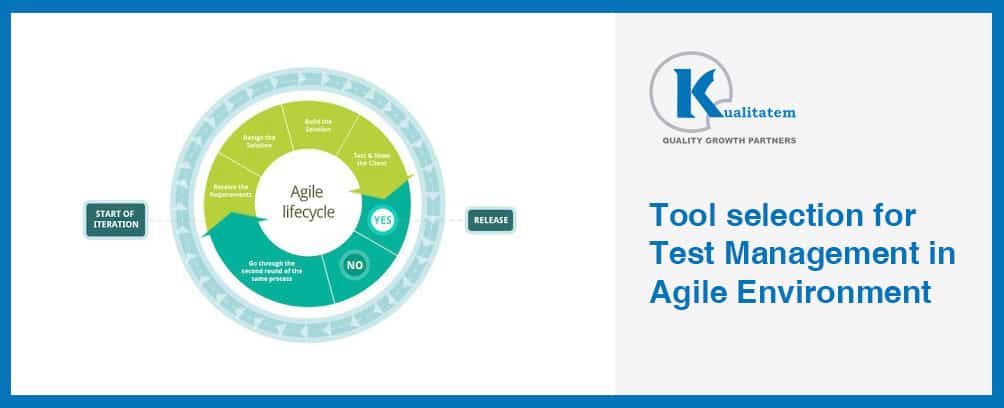Tool selection for Test Management in Agile Environment

- January 13, 2015
- admin
In my last blog I wrote about the SCRUM, in which I explained that what is scrum, how it works and what are its different meetings and documents. Scrum is being used in many big companies like Microsoft, IBM, Facebook and Oracle.
To work on this agile methodology, we definitely need some software to use this methodology properly, to maintain software development from start to end.
There are several tools available which can be used for this. But not every tool is very good and has all the requirements built in it. Some tools are really not good and become overhead so it’s very important to select the right tool for your software’s development management but the question is that Do development teams need to use a tool to produce good software? NO But in order to be successful, organizations and teams DO need to deal with the issues that accompany growing teams and product complexity.
It is critical to understand that which tool is very good for your software. Following are the points which need to be taken in consideration while selecting agile tool. The tool must contain the following features in it.
Product Backlog:
The product backlog is the basic thing and is a base for the software development which describes all the requirements.so the tool should have this functionality built in it so that team can enter the software requirements in it and all other development always around it.
The product backlog should tell the story name, description and the story points and the dependency on other stories
Sprint Planning:
The sprint planning is the next important functionality of any agile based software management tool. If a tool does not have this feature then it should not be selected. This feature should have following functionality in it. The sprint number, the start date and end date. The number of stories being covered in it and the total number and available time of resources associated with it.
Dashboard:
This feature is always must to have and this is mostly used by the stakeholders whenever they need to get the reports or need to know the status of project or sprint or any user story of this project they always use this. It should be customizable.
The user should be able to customize it based on his or her requirements like status of wise report of each story, each task and hours burnt by each user. It should also display the burn down and burn up charts.
Task Board:
This is another important feature which any agile tool must need to have in it. The tool is good if provides the following functionality under this feature:
The user story, its task, its estimate, its actual completion time, assigned to, status like to be done, in progress, completed, not required and blocked. Task should contain the link of the story and related tasks. The task board should be enough to have flexibility to change the owner and story of the task.
Test Management:
Any software cannot be considered a completed until it’s tested properly and to test software we must need to have its test cases written so the same way the software development tool cannot be considered a complete if it does not has a Test Management module in it. The Agile tool should also have the test management tool and should cover following fields in its test case
Test case ID and name, test case story, priority, cycle, phase, status, developed by, executed …
Defect Management:
How a Test management tool can be completed without a Defect Management tool so the agile tool you want to select that it has its Defect management tool also in it.
This defect management module should be integrated with the test Management tool and should have all standard and most common defect related fields.
Burn Down Charts:
A burn down chart is a typical Agile term in which total hours burnt in a sprint a displayed and it’s a must have feature so an Agile tool to be selected must have this module. The important fields of a burn down chart are, the actual remaining tasks VS ideal remaining tasks calculated based on each users burn down hours per day.
Burn Up Charts
This is the way to evaluate the overall status of the project and is mostly viewed by Manager and stakeholder. In this the number of total sprint done VS reaming is displayed on both axis.
Multiple Projects Support:
The tool to be selected should have support for multiple projects to be maintained at the same time. Tools do provide this functionality but based on their license price.
In above, I tried to explain the main modules and features within the modules of any agile tool which a company should consider before selecting it. Being more analytical and good in decision making a demo or free trial of the tool should also be tried.











